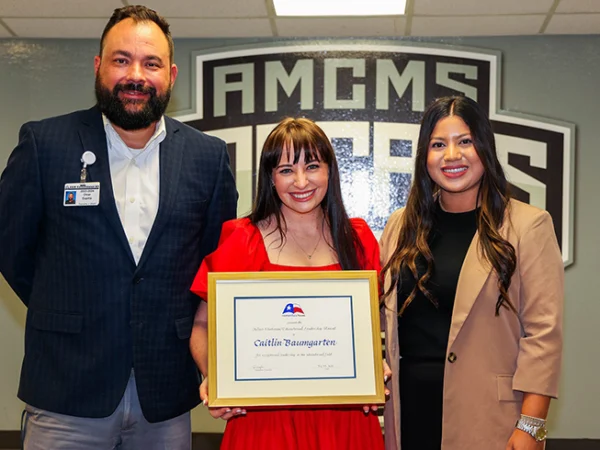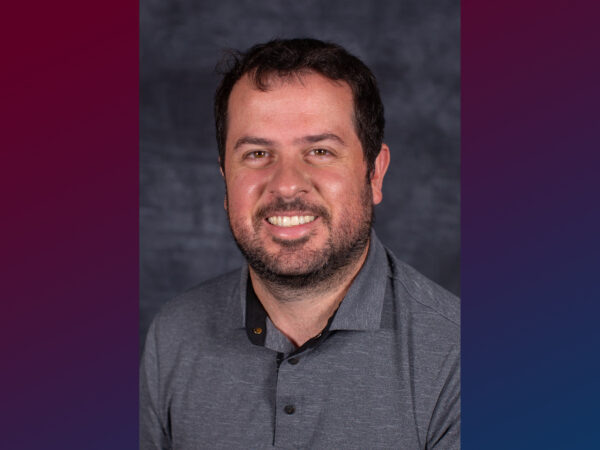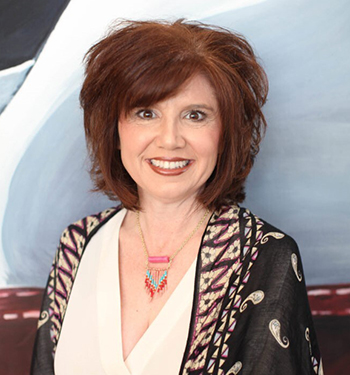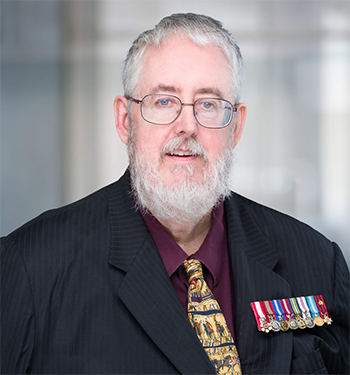
A Butterfly Under A Pin: School Reform
Dr. Cheryl Craig has been listening to, making sense of and recounting school reform stories for 20 years.
“People live storied lives. It doesn’t matter who we are, we all have experiences. But the only way we can get experience out of ourselves is to communicate it to others through stories.”
The stories people tell Dr. Craig, professor of urban education, are all different. They occur in different cities, among different cultures and different people, but the underlying principle is the same. Each story involves a school undergoing change.
School reform is one of the most conflicted issues in urban education. Many urban schools need improvement, but no one can seem to agree on what needs to be done and by whom.
Dr. Craig believes that by using narrative research, or listening to the stories of the individuals within these schools, school administrators and teachers can better understand the current state of school reform and even implement it more successfully. While researchers have done this before, Dr. Craig’s research is different in that she is focusing on what she calls ‘story constellations,’ a version of narrative inquiry that enables her to uncover teachers’ knowledge of school reform in context.
“The people that were telling the reform story weren’t telling it the way the people who were living it were feeling. There are a lot of people that can talk about the end result, but there are few people who have all the pieces to help us understand how students and teachers get there.”
This is where Dr. Craig excels. For years, she has been working with a school district in Houston on understanding the impact of school reform on teachers, students and administrators. Her research has resulted in the development of many powerful metaphors surrounding urban school reform to show how they had an impact on teachers around the world.
One of those stories came from a school in Houston where Dr. Craig met Laura Curtis, an experienced teacher at the school. This middle school was selected to serve as a lead campus in a local version of a national reform movement. Under the Annenberg Challenge, several schools in Houston were tasked with making changes to break down isolation between the school and the community, help children to be known well by the adults in the building and focus on high-quality professional development for teachers.
Curtis, along with a few of her colleagues, were on board with the proposed changes. They even began incorporating it, little by little, into their daily teaching. Somewhat later, other things at the school began to change. The school adopted new, increased accountability measures and the school’s longtime principal retired. Curtis and other teachers soon learned they would no longer be teaching the way they wanted to, but the way that a campus staff developer wanted them to.
Curtis recounted feeling like a butterfly under a pin.
“Few images project a sense of freedom and grace as does a butterfly floating purposely, yet unrestrictedly, in the air,” described Dr. Craig. “At the same time, few images conjure up forcefulness more than the thought of a defenseless butterfly frantically flapping its wings while its body is pierced and restrained by a sharp object.”
Curtis’ metaphor speaks to what many teachers around the nation are experiencing as they move from curriculum makers to curriculum implementers. They feel no longer in charge of their classrooms, instead constrained in what they can do.
“Teaching is their calling. They’ve gone through a lot to become a teacher. They were doing well, and we lost them,” explained Dr. Craig. “[When reform fails], it’s blamed on weakness of character or weakness of preparation. But, there’s no weakness of preparation at all.”
School reform is often made more difficult in an urban setting, where schools and educators often deal with compounding issues and fewer resources to address them.
“There are so many variables to urban life,” explains Dr. Craig, “things that are long out of control, like health care and food, and all those other basic needs. It is a challenge to make the urban school experience as rich as it can be for every child.”
Dr. Gayle Curtis, a research associate at Texas A&M and former Annenberg Program Coordinator, has worked with Dr. Craig for 18 years. She adds that working with communities can enrich the school environment for each student. Both researchers agree that using stories and metaphors from other schools can help build relationships by showing the human qualities of the individuals involved.
“Just as it’s important to bring parents in and make them feel a part of their child’s life,” said Dr. Curtis, “it’s important to build meaningful, reciprocal partnerships within the community.”
“You can give all the league tables, all the rationales and all the statistics, but you can’t get people’s will that way. The only way you can is by telling them these stories where they say ‘I must make this investment in public schools, or in urban children, because I can see this is a way to go forward.’”
About the Writer
Ashley is the Media Relations Coordinator and responsible for news coverage in the Department of Teaching, Learning and Culture as well as the Department of Educational Psychology.
Articles by AshleyFor media inquiries, contact Ashley Green.
Fundraising
To learn more about how you can assist in fundraising, contact Amy Hurley, Director of Development ahurley@txamfoundation.com or 979-847-9455











